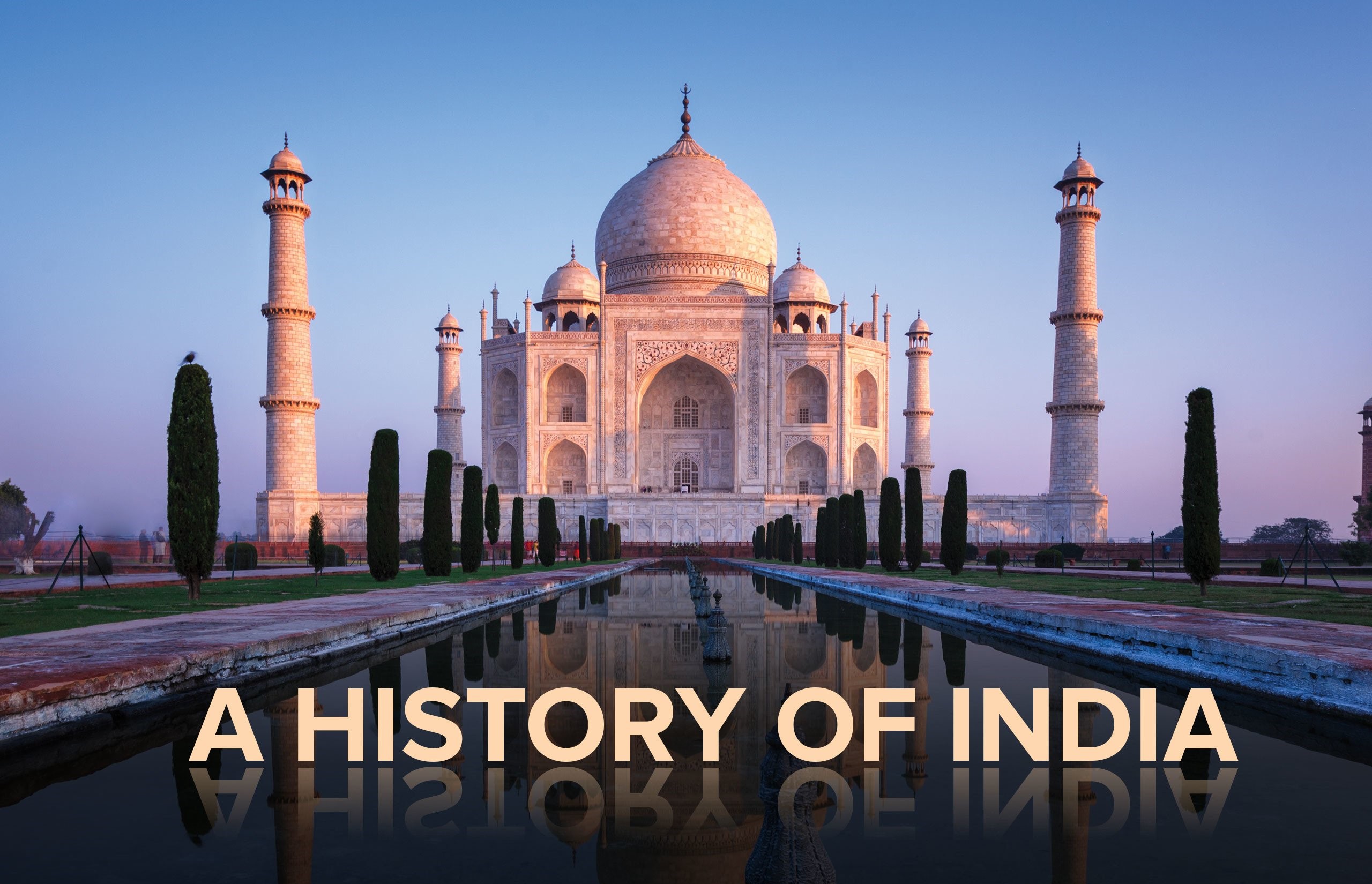Vardhana Dynasty
Vardhana Dynasty or Post-Gupta Period (550 AD-647 AD)
Pushyabhuti/Vardhana Dynasty
» The Pushyabhuti or Vardhana dynasty was founded at Thaneswer (Kurukshetra district, Haryana) by Pushyabhuti probably towards the beginning of the 6th centuary Pushyabhuti were the feudatories of the Guptas, but has assumed independence after the Hun invasions.
» The first important ruler of the dynasty was Prabhakaravardhana (580-605 AD).
» Prabhakaravardhana was succeeded by his eldest son Rajyavardhana (605-606 AD ).
» Rajyavardhna had to face problem from day of his son succession to throne. Grahavarman, the Maukhari ruler of Kannaui and husband of Rajyashri (sister of Rajyavardhana) was murdered by Deva Gupta (the rular of Malwa) who in alliance with Shashanka(ruler of Gaud or North-Western Bangal)Now occupied Kannauj and imprisoned Rajyashri.
» Rajyavardhana, therefore, undertook a campaign against Deva Gupta and killed him but he was killed by Shashanka in 606 AD. In the mean while Rajyashri escaped into the forests of Central India.
Harshavardhana: 606-647 AD
» After the killing of Rajavardhana, his younger brother, Harshavardhana also known as Siladitya ascended the Pushyabhuti throne in 606 AD and from this year started die Harsha Era.
» After ascending the throne Harsha first rescued his widowed sister Rajyashri, from the Vindhyan forest, where she was going to throw herself into the fire. Harsha drove out Shashanka from Kannauj who had occupied it after killing of Rayavardhana. He not only unified Kannauj with Thaneswar but also made it his new capital, which made him the most powerful king of North India.
» Harsha thereafter, proceeded towards the east against Shashanka with a view to avenge the death of his brother, Rajyavardhana and brother-in-law, Grahavarman. Harsha was not successful in his first expedition against Gaud, but in his second expedition towards the close of his reign, after the death of Shashanka (died in 637 AD), he conquered Magadha and Shashanka’s empire.
» Harshavardhana defeated Dhruvasena II the Maitraka ruler of Vallabhi. However, Harsha, in order to secure the safety of the western boundary, reinstated him and gave his daughter in marriage to Dhruvasena II. Dhruvasena II accepted the position of a feudatory vassal. It was an important diplomatic achievement of Harsha.
» The course of Harsha's conquests suffered a serious setback on his expedition towards the Deccan. Pulkeshin II of Chalukya dynasty of Vatapi/Vadami inflicted a decisive defeat on him at the bank of Narmada. It was the only defeat of Harsha's victorious life. The Chalukya records describe Harsha as the lord of whole of Northern country (Sakalottarapatheshvara).
» The area under his control covered many parts of Northern India, Eastern Rajasthan and the Ganges Valley as far as Assam. His empire included territories of distant feudal kings too.
» Harsha maintained diplomatic relations with China. In 641 AD, he sent an envoy to Tai-Tsung, the Tang Emperor of China. Three Chinese missions subsequently visited his court. Hiuen-Tsang the celebrated Chinese pilgrim, visited India during Harsha's reign. He spent about eight years (635-643 AD) in the dominions of Harsha.
» Hiuen-Tsang mentions two most celebrated events of Harsha's reign the assemblies at Kannauj and at Prayaga. The Kannauj assembly (643 AD) was held in the honour of Hiuen-Tsang and to popularise Mahayana sect of Buddhism. The Prayaga assembly was held in 643 - 644 AD. In Prayaga, Harshavardhana used to celebrate religious festivals at the end of every years, at the confluence of the Ganges, the Yamuna and the Saraswati. It is said that this was the beginning of Kumbha fair.
» Harshavardhana was a Shaiva by faith, but he showed equal respect to other sects. Hiuen-Tsang portrays him as a liberal Buddhist (Mahayana) who also honoured gods of others sects.
» According to Hiuen-Tsang, Nalanda University, meant for Buddhist monks, was maintained by the revenue from 100 villages which granted by Harshavardhana.
» He died in 647 AD. Harsha does not appear to have any heir to his throne, which was usurped after his death by his minister named Arunashva.
» Harshavardhana was not only a patron of learning, but was himself an accomplished author. He wrote three Sanskrit plays -Nagananda, Ratnavali and Priyadarsika. He gathered around him a circle of learned men, of whom Banabhatta, the author of Harshacharita (an important historical work narrating the incidents of the earleir part of Harsha's reign) and Kadambari (a poetical novel of great literary merit) and Mayur, the author of Mayur Shataka and Surya Shatak are the well known.
» Harsha governed his empire on the same lines as the Guptas did, except that this administration had become more feudal and decentralised.
